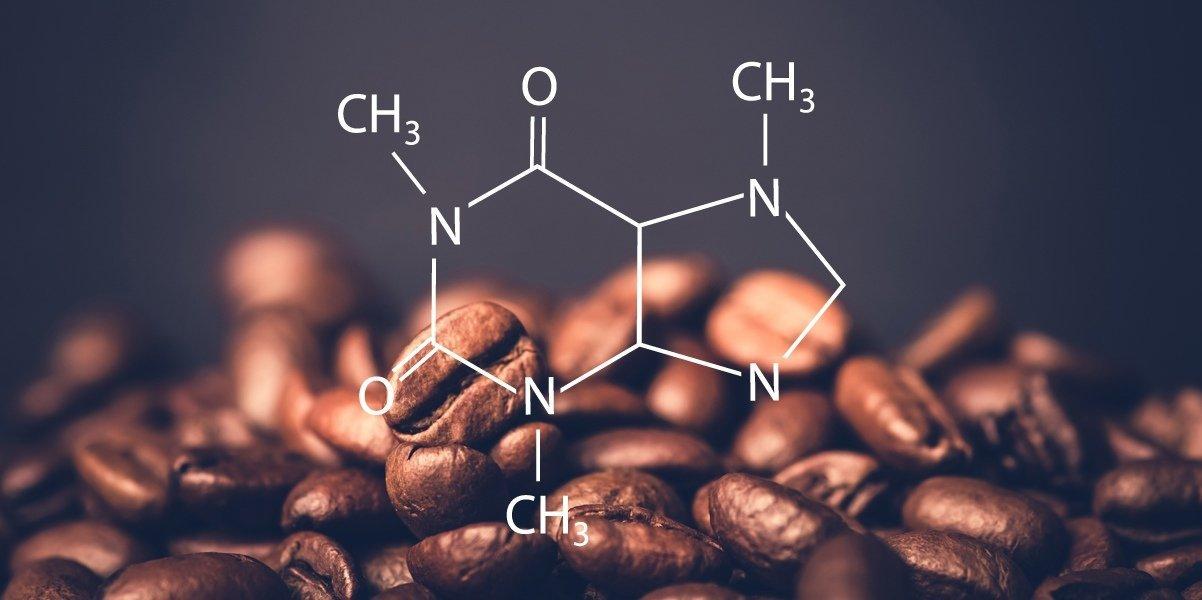Caffeine is one of the most widely consumed substances across the globe. Found naturally in coffee, tea, soft drinks, chocolate and some medicines, caffeine has been part of human culture for centuries. While its stimulating effects are well known, the science behind how caffeine works in the body continues to reveal new insights.
The Science of Caffeine
Caffeine is a central nervous system stimulant that works by blocking adenosine receptors in the brain. Adenosine promotes drowsiness and sleep, so blocking its receptors leads to feelings of alertness and wakefulness. Caffeine also stimulates the release of neurotransmitters like dopamine and norepinephrine which improve mood and focus. Its effects typically last 3-4 hours depending on dose and individual factors.
Contrary to popular belief, caffeine is classified as a psychoactive drug by international drug regulatory bodies. When consumed in moderate amounts (200-300mg per day), caffeine is considered safe for most adults. However, high doses over 500mg can cause insomnia, restlessness, anxiety, increased heart rate and other side effects. People have different sensitivities to caffeine as well based on factors like age, genetics and how often they consume it.
Caffeine is metabolized in the liver and broken down into compounds that are excreted in urine. Around 95% of consumed caffeine leaves the body within 12 hours. Heavy coffee or energy drink users may experience withdrawal symptoms like headaches when they stop using caffeine. Low doses in people who are regular users help prevent withdrawal symptoms.
Coffee and Tea: Major Sources of Caffeine
By far the most popular caffeine delivery methods globally are coffee and tea. An average 8-ounce cup of coffee contains 95mg of caffeine while black tea has around 47mg per 8-ounce cup. Coffee beans and tea leaves naturally contain caffeine which is extracted when making these drinks.
Modern coffee culture has led to innovations like espresso that packs more caffeine into a small serving. A single shot of espresso contains around 75mg caffeine while a grande latte from Starbucks with 2 shots averages 235mg. Specialty coffee shops offer all kinds of flavorful options made from premium Arabica and Robusta coffee beans.
Green tea and white tea contain less caffeine than black tea but still provide flavor and nutrients. Herbal teas are caffeine-free but many people enjoy them for their soothing qualities. Both coffee and tea consumption have health benefits if consumed in moderation.
Soft Drinks and Chocolate Chip In
While coffee and tea are nature's original caffeine sources, processed food and drinks have introduced more options. Colas like Coke and Pepsi contain 34-38mg caffeine per 12-ounce can. Energy drinks are a major new caffeine category, with some varieties containing over 300mg per 16-ounce serving.
Chocolate contains caffeine levels similar to coffee depending on percentage of cocoa. A 1-ounce serving of dark chocolate has 13mg caffeine on average. Milk chocolate has less at around 6mg per ounce. Chocolate consumption has boomed worldwide thanks to its indulgent taste and convenient candy bar forms.
Caffeine in Medicine and Supplements
Pharmaceutical preparations frequently use caffeine as an active ingredient or additive. Common pain relievers like Excedrin contain 65mg per tablet to enhance analgesic effects. Diet pills, mind enhancement supplements and pre-workout powders sometimes use caffeine for its stimulant and fat-burning properties.
Caffeine is generally recognized as safe by most health authorities when used as directed. However, combining pharmaceutical caffeine with other dietary sources can risk overconsumption. Checking labels and understanding total daily intake is important for safe use. Overall, caffeine aids millions of people globally with its natural energy boosting and mood enhancing abilities every day.
Prevalence and Trends
By conservative estimates, over 80% of people worldwide regularly consume caffeine from either coffee, tea or other sources. Northern European countries like Finland and Scandinavian nations top caffeine consumption worldwide averaging over 300mg per day. North Americans also consume substantial amounts through coffee and soft drinks.
In developing countries, coffee culture and cafe societies are on the rise as lifestyles modernize. Tea remains the most popular caffeine source in China, India and some Asian cultures. Emerging economies are also seeing the entry and growth of soda and energy drink companies driven by youth tastes.
With growing health awareness, some trends indicate a move towards premium coffee blends, organic teas and functional beverages with antioxidants and adaptogens added. However, demand for caffeinated beverages shows no signs of slowing down given the ubiquity of caffeine in daily life globally. The future will likely see further innovations in functional foods and supplements harnessing caffeine’s stimulating properties.
Caffeine stimulates billions of people worldwide through its prevalence across coffee, tea and other popular beverages and snacks. While moderate amounts provide cognitive and mood benefits, high intakes pose risks and side effects. By understanding its pharmacology, safe amounts and sources, people can better harness caffeine’s natural performance boosting qualities for both work and pleasure. Its popularity is a testament to how human culture has embraced plant-derived substances for enjoyment, focus and productivity for centuries.
Get More Insights On This Topic: https://www.newswirestats.com/caffeine-your-daily-source-of-energy/

